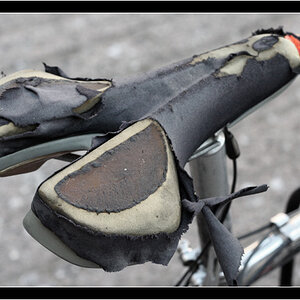nina_sayang
TPF Noob!
- Joined
- Sep 20, 2006
- Messages
- 1
- Reaction score
- 0
i'm a beginner.. i want to learn how to shoot sun ray of light effectively. i have try for many times, but it's results is too dark or too bright. what i have to do? i want to know how is the camera setting, what is the best angle, the exposure, etc...
and i have another question...how to make a great contrasty and dramatic light like this:
http://photo.net/photodb/photo?photo_id=2053295
thanks before.
and i have another question...how to make a great contrasty and dramatic light like this:
http://photo.net/photodb/photo?photo_id=2053295
thanks before.



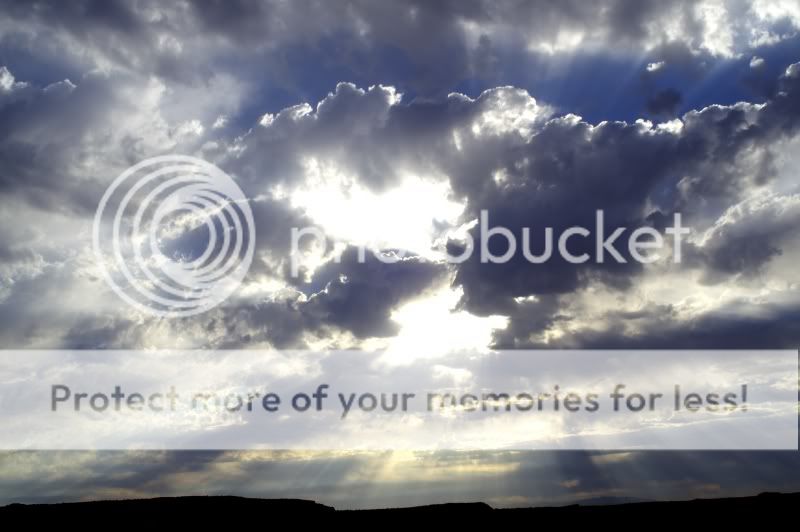
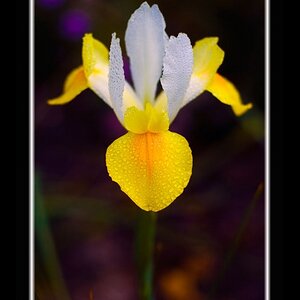
![[No title]](/data/xfmg/thumbnail/31/31039-558cdb3d311dc67b7a2134527e230488.jpg?1619734582)

![[No title]](/data/xfmg/thumbnail/40/40305-2fbdc00adce4fac5e62dccb3f6f9c633.jpg?1619739413)
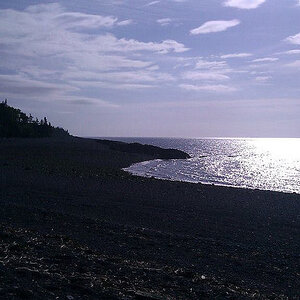
![[No title]](/data/xfmg/thumbnail/42/42058-8597ac0f687fb4007aa3ca0210936f04.jpg?1619739994)
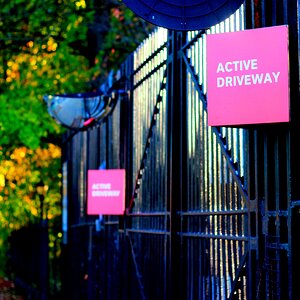
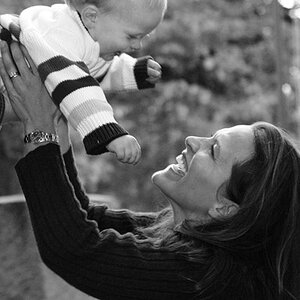
![[No title]](/data/xfmg/thumbnail/31/31042-2fcf80c8987688129be89876d12ba006.jpg?1619734584)
![[No title]](/data/xfmg/thumbnail/40/40308-f92e28f094216c151f3ad1fd7453c99b.jpg?1619739413)
